
Bauhaus BrewLabs’ Knight Fever, one of the many dark lagers now available in Minnesota • Photo by Jordan Wipf
A bartender sets a tall glass of pitch-black liquid wreathed in heavy foam in front of you, and you raise it to your lips. It’s rich, and dark too. Creamy. Sweet. So thick and unctuous that it coats your lips and tongue and leaves an oily residue in its wake.
If reading that little scene just caused you to gag a little, then we have some unfortunate news: You may be suffering from a condition known as Stoutophobia. Other symptoms may include nausea, as well as seasonal beer-induced depression as liquor store shelves and tap lists turn into an endless parade of stouts and porters during the winter months.
While this affliction has been known to be permanent in some victims, don’t worry, there’s hope. We here at the Beer Dabbler Research Institute have identified an effective alternative solution to Stoutophobia: Dark Lagers. Thanks to some of our favorite local breweries, this fix is more widely available than ever.
And Now, A Brief Bit of Brewing Science
Through numerous studies* and intensive research** we at BDRI have identified that the main cause of Stoutophobia seems to come from the stout’s characteristic thick and heavy body and mouthfeel. Those qualities are primarily derived from the presence of a larger amount of residual, unfermented sugars leftover from the shorter, higher-heat brewing process used to create ales—A meta beer style that includes stouts (originally known as stout porters), porters, brown ales, and a ton of other beers. Compared to other ales, stouts and porters also use larger amounts of more heavily roasted malts, which gives stouts their inky appearance and more pronounced “roasty” flavor.
Dark Lagers, by comparison, incorporate similar roasted malts but are fermented much more slowly at cooler temps. This allows for more residual sugars to be “attenuated” (converted to booze) and results in a final beer that’s far drier, crisper, and lighter-bodied than a stout, yet retains all of that desirable malt complexity. If you love the biscuity maltiness of an Oktoberfest Märzen but can’t stand Stouts and Porters, that’s probably because you like malty lagers but don’t go for malty ales.
* Happy hours
** Completely unscientific conversations with random strangers in taprooms and bars
Styles to Reach For
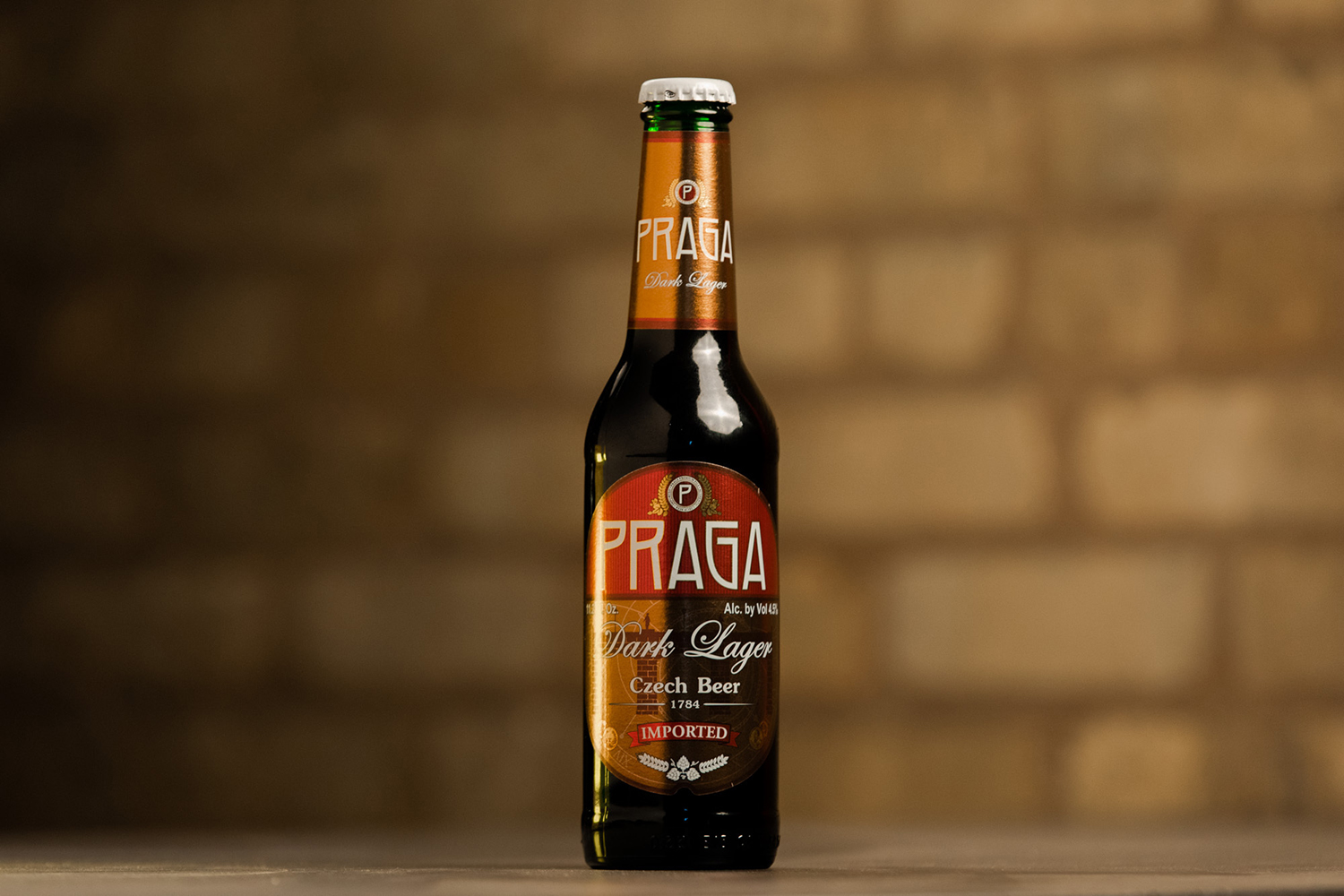
Praga Czech Dark Lager • Photo by Jordan Wipf
Outside of the eminently popular American Amber (Think Grain Belt Nordeast or Yuengling) and Mexican Amber Lagers (Modelo Negra), Dark Lagers haven’t really managed to penetrate the market much in North America. As such, a lot of the terminology for these beer styles is going to be based on their continental European roots.
Just a little darker and maltier than the ever-popular Märzen, with a medium body and toasty aromas, we have the Dunkles Bock, often shortened simply to “Bock” (Think Schell’s Bock). Amp up the alcohol content and you’ll have a Doppelbock (Paulaner Salvator), which adds a slightly deeper malt character and notes of caramel and dark, dried fruit. Deeper and maltier still, with strong notes of dark crusty bread, is the Munich Dunkel (Hacker-Pschorr Münchner Dunkel).
Want to try a Dark Lager that’s almost as inky-black as the Stouts that your friends are drinking? Schwarzbier (RIP Bauhaus Stargrazer) is dark brown to black in color with loads of roasty aromas and a bittersweet baking-chocolate taste, finishing extra dry like an Irish Stout might. Still nearly black but sporting a richer malt flavor than the dry Schwarzbier and a spicy hop backbone is the Czech Dark Lager (Praga or U Fleků).
Darkness Falls on the Twin Cities Beer Market
So, now that we’ve outlined our symptoms and potential treatments for Stoutophobia, we only have one question to answer: Why are Dark Lagers suddenly all over the place in the Minnesota beer world? It turns out that the answer is simple and as old as craft beer itself: Brewers love going on trips to Europe to drink beer.
“After drinking a lot of Augustiner Dunkel on a couple of visits to Germany, and not being able to get it at all back in Minnesota, it quickly became clear we’d have to try making something similar to slake our thirst,” explains Indeed Brewing Company’s head brewer Dan Stavig. “There’s nothing revolutionary in the brewing process; just attention to the details—using German malt not commonly used in American breweries, and time, lots of time.”
Indeed’s latest year-round offering, Loretta’s Dark Lager, lives up to its Munich forbearers admirably with a hearty malt body crusty bread that carries whispers of caramel and raisin and a peppery dry finish.
“Loretta’s Dark Lager fills the need for a malty beer in our core lineup,” says Sales director Ryan Bandy. “We love this one because it drinks like a crisp lager that you want to drink a bunch of; it’s the best of both worlds.”
As the President of what is arguably the most Euro-minded and lager-focused Twin Cities brewery, Utepils Brewing’s President Daniel Justesen naturally also had a great vacation story to share as the inspiration for their delightful new Loonar Eclipse Czech Dark Lager.
“My wife and I host annual trips to Europe each year and our first trip after we opened Utepils was to the Czech Republic.” says Justesen, “They still have their lovely dark lagers and I was determined to bring back samples and convince my brewer we needed to brew one. I won that argument twice, once when he brewed it and twice when he created an amazing version.”
Justesen isn’t overselling it, Loonar Eclipse is a lovely example of an uncommon style. Awash in complex tones of dark roasted coffee, chicory, perique, semi-sweet chocolate, this beer still retains all the snappy drinkability that Stoutaphobes crave.
But Utepils and Indeed aren’t the only breweries riding this dark wave to shore. Bauhaus BrewLabs’ new Freezebox mixed pack features a Munich Dunkel called Knight Fever. Eastlake Craft Brewery has been pumping out a delicious Mexican-style Amber called Cerveza Nero for a little while now, and La Doña Cervecería has been known to brew the style as well.
August Schell Brewing Company, ever a bastion of Germanic brewing tradition in Minnesota features multiple Dark Lagers within their year-round lineup. Schell’s Dark and Firebrick are both examples of American Dark and Amber Lagers, respectively, and their aforementioned Bock is a true winter palate-pleaser. For this year’s annual Snowstorm seasonal release, Schell’s has brewed what they’re calling an Oat Starkbier, which sits somewhere in the realm of a Dunkles Bock on our tastebuds and features a delicious melange of biscuit, caramel, and confectioner’s sugar.
With so many excellent local treatments available, quality of life for those of us living with Stoutophobia has never beer higher. We look forward to a brighter future where Dark Lagers are widely available wherever fine beers are sold, and that the changing of the beer seasons will no longer leave us out in the cold.


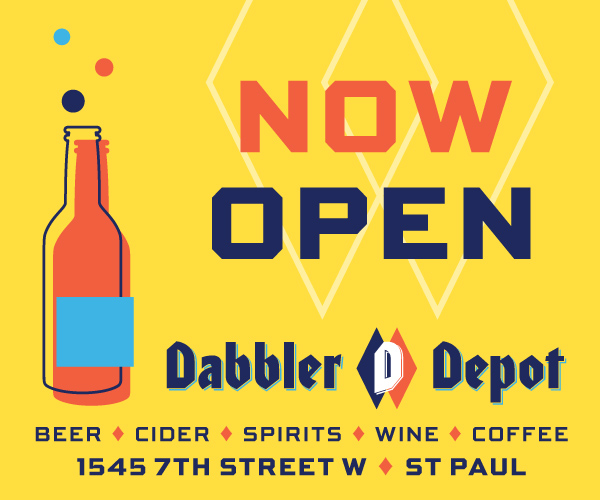
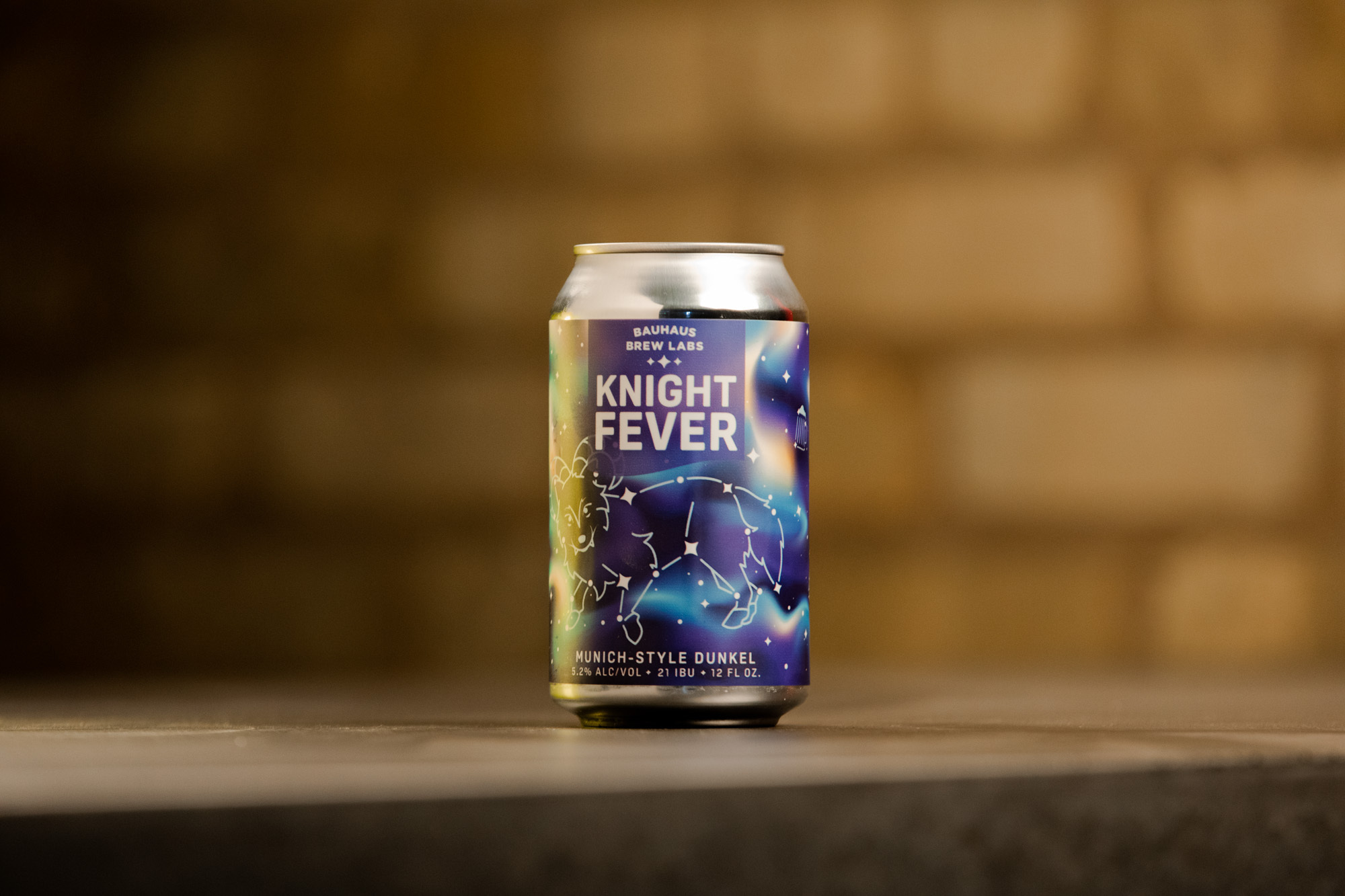
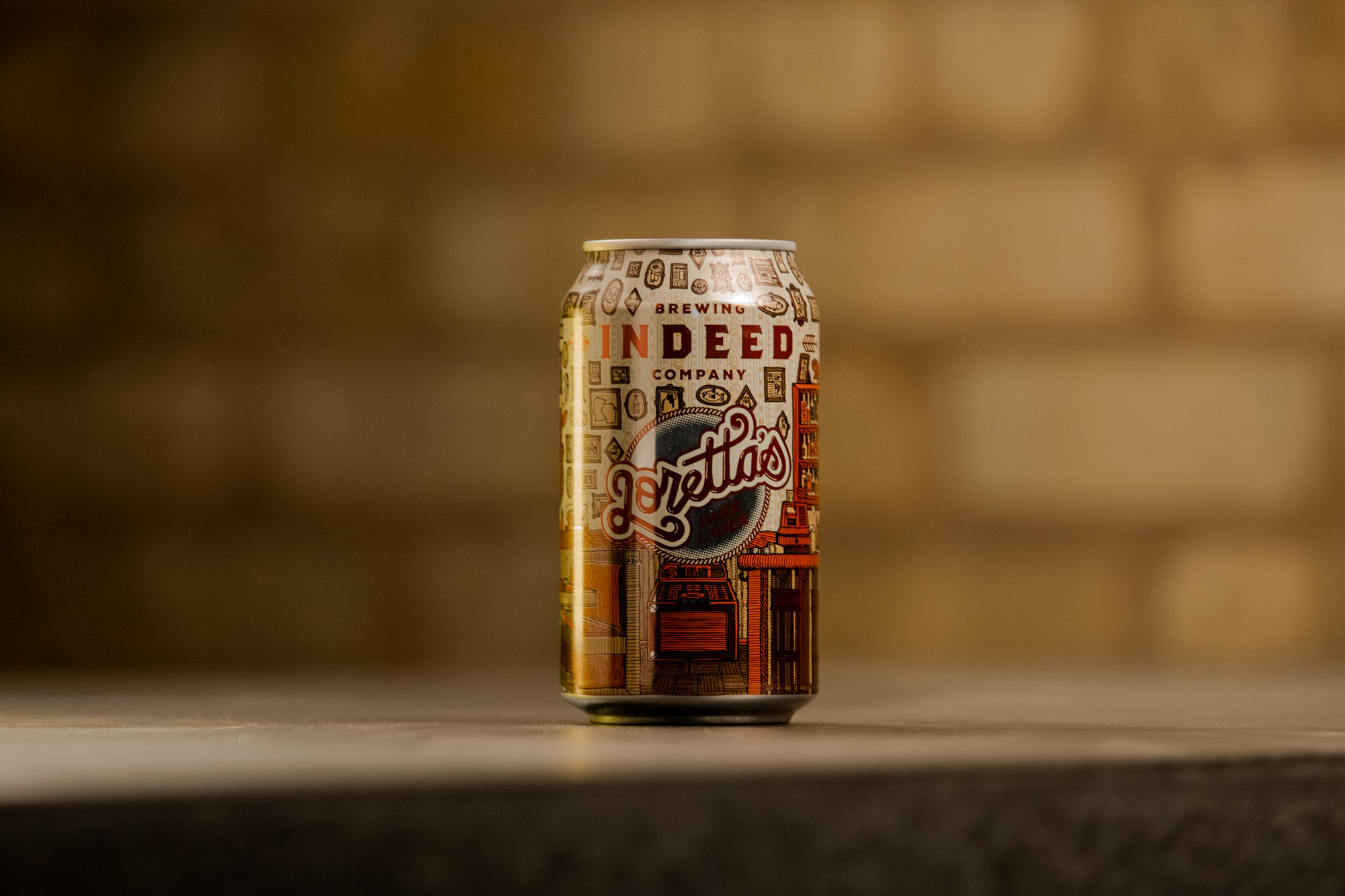
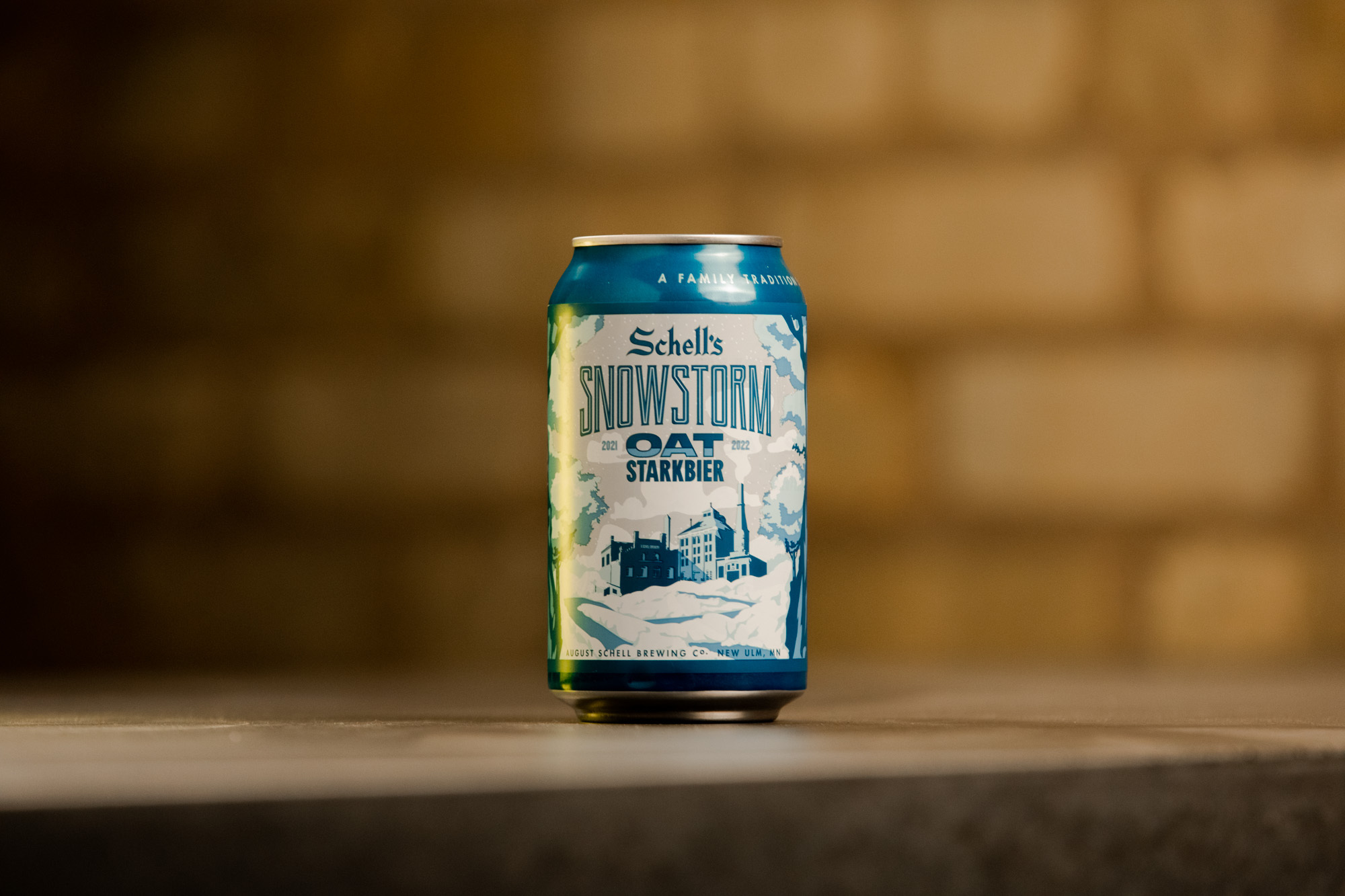
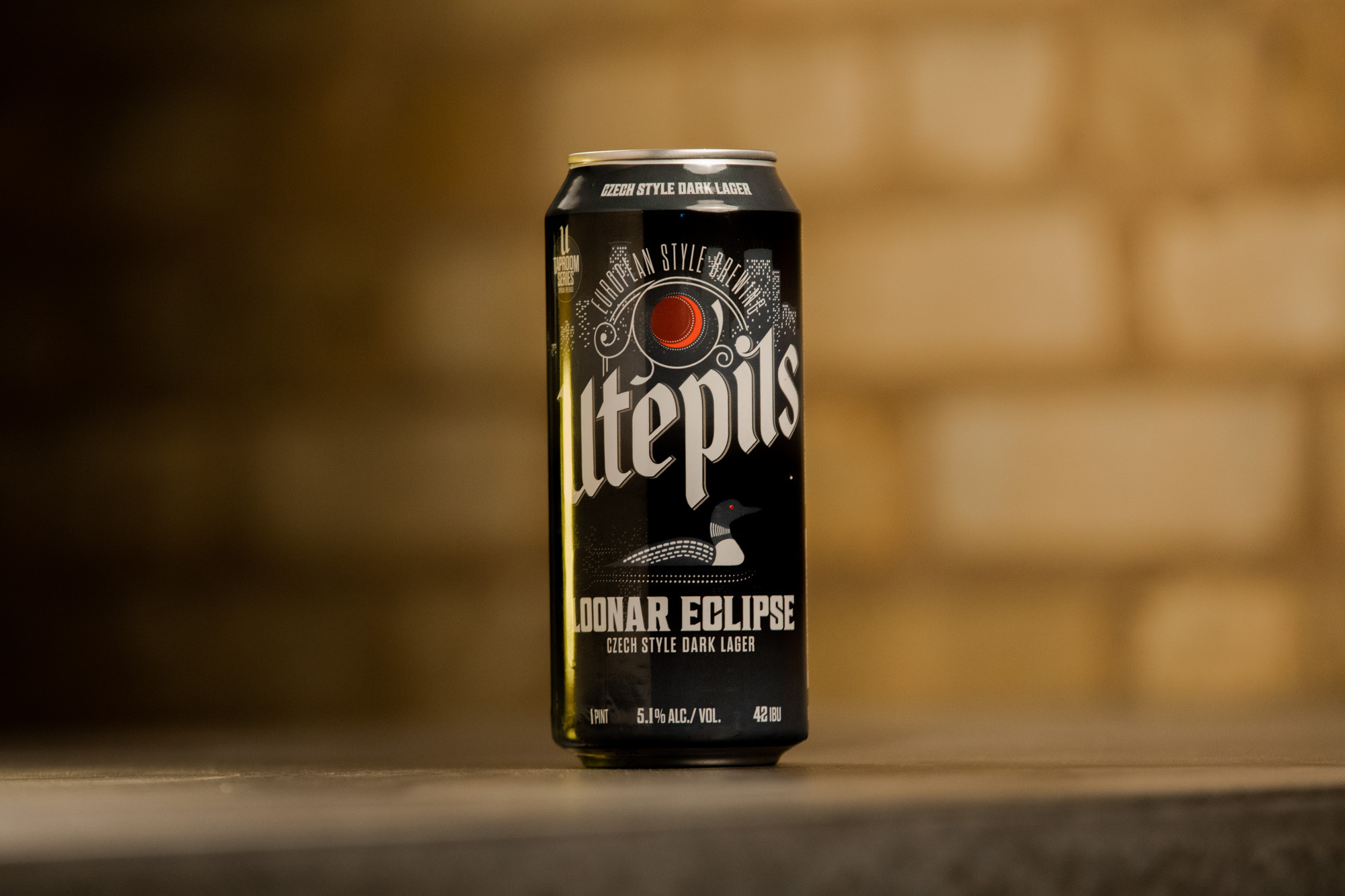

You forgot one of the kings of Schwarzie beers the kostritzer!!!
I may have miss spelled!!! But look them up MMMM beer????
How about Perrinns? Great stuff from Comstock Michigan
Yeah, a stout in the summer OMG, I myself am actually tired of IPA’s since the market is saturated with them. You want a great dark beer err black beer for the summer try a Xingu from brazil, or a Negra Modelo. Though I am thinking you do not have a well developed pallette. Since bocks are spring beer, Marzens a fall beer, stouts traditionally a fall/winter beer. So dude your young pallette will never be as seasoned as mine. Think globally please.